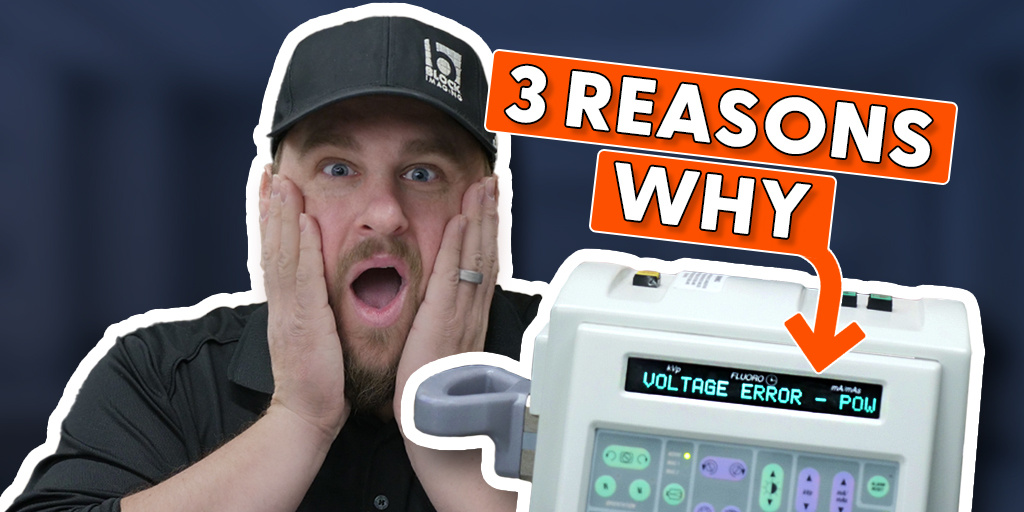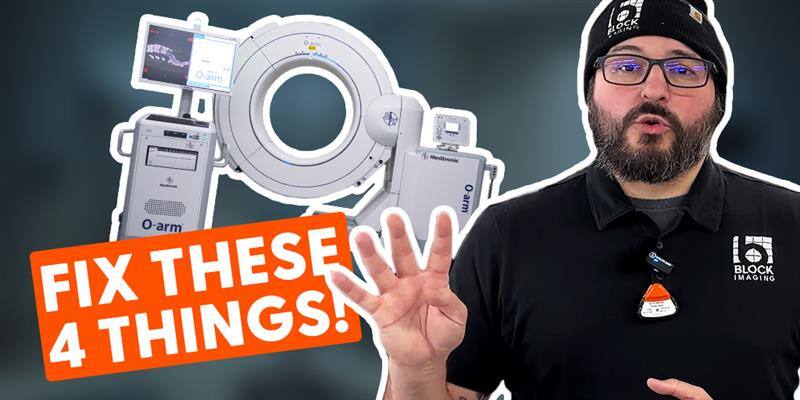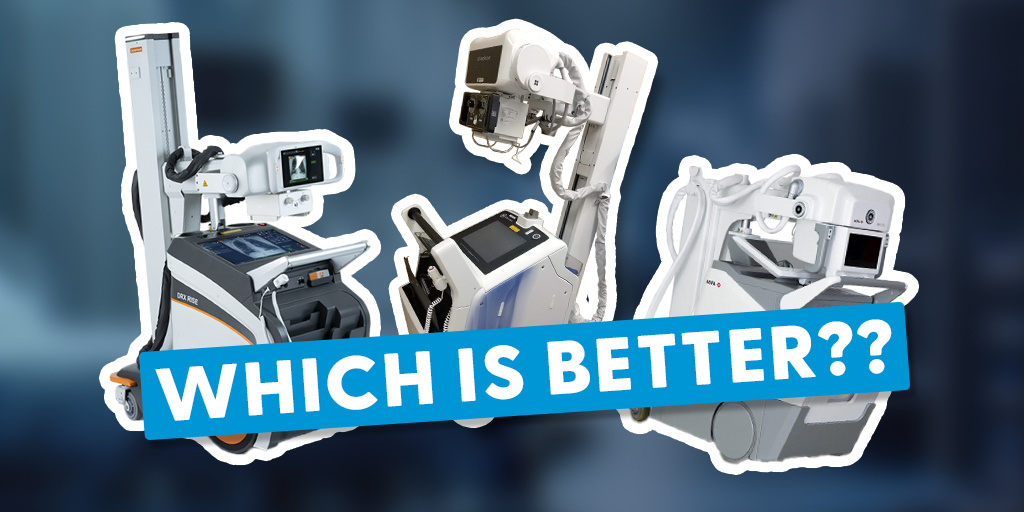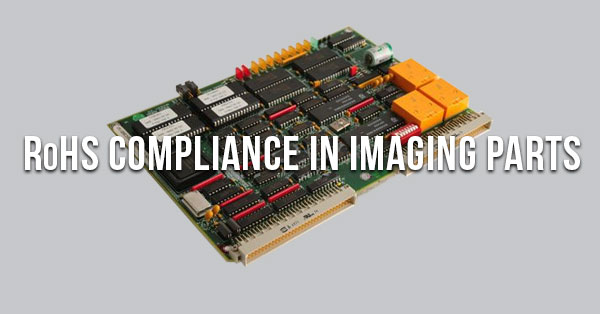
Maybe you've seen it on equipment tags, or in manuals, or on some of the components you've ordered, but even if you haven't seen it, RoHS (often pronounced "row-haas") is probably already a part of your life. Below, we'll share what RoHS is and how it changes the experience of buying medical imaging equipment parts.
What Is RoHS?
RoHS stands for Restriction of Hazardous Substances, a set of regulations adopted by the European Union in 2003, and subsequently by several other regions. The substances restricted by RoHS include: lead, mercury, cadmium, hexavalent chromium, polybrominated biphenyls, polybrominated diphenyl ethers, and some types of phthalates including DEHP, BBP, DBP, and DIBP.
In response to RoHS, manufacturers of thousands of products have changed their processes to include materials and components free of restricted substances, or with a reduction of restricted substances that falls within the regulation's specified limits.
How Does RoHS Affect Medical Imaging Parts?
The RoHS-regulated substance of most concern in the manufacture of imaging parts is lead. Lead is an ingredient in some types of solder used to connect and secure electronic components. In the original language of RoHS, medical devices were exempt from lead compliance, but an update to the regulation has removed that exemption.
Because of updated RoHS language, we are now seeing a flood of RoHS-compliant imaging parts enter the market. There are two major ways these changes affect imaging parts buyers:
1. Many parts look different now. One indicator of a RoHS-compliant part is blue or red circuit boards. Generally, and in the case of most non-compliant parts, circuit boards are green. Parts are also having "RoHS" stamped directly on them. Keep in mind, a green board that has "RoHS" stamped on it is still compliant.
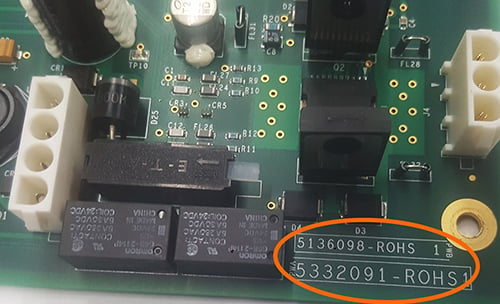
2. Many parts are being assigned new part numbers. Many manufacturers have assigned new part numbers to compliant versions of pre-RoHS parts. This is to differentiate the part from its predecessor and does not affect the new version's compatibility.
There is an increasing likelihood that parts suppliers will begin offering you RoHS-compliant replacement parts that look different and have different numbers than those you are replacing. So long as the part numbers are cross-referenced as compatible within the manufacturer documentation, there is no reason to be concerned about the part's ability to function in your system.
You should also note that pre-RoHS parts are "grandfathered in". This means that if a part predates RoHS regulations affecting its manufacture, it can still be used and sold. There's no need for concern if the only replacement available for your part is a non-compliant version.
The Takeaway
The RoHS directive is in place to protect the environment and to protect manufacturing personnel who would otherwise come in contact with hazardous materials on a regular basis. As knowledge about the effects of these materials in the environment continues to grow, the particulars of the regulations will gradually evolve (it's already been amended ten times), but you can expect to see an increase of RoHS-compliant parts in the imaging industry in the coming years.
Going forward, we recommend visiting RoHS online periodically to stay abreast of the latest changes. For now, however, with proper awareness of changing parts appearance and part numbers, you can continue ordering parts as you normally would from your usual supplier(s). As always, if you have an immediate or imminent parts need, our team is ready to assist. Use the button below to let us know how we can help.

Jordan Clark
Jordan Clark is a Returns Coordinator on the Block Imaging Parts Team. He loves supporting customers during part returns and core exchanges. Outside work, Jordan enjoys being outdoors with his family, supporting University of Michigan football, and snacking on the occasional Kit Kat.



